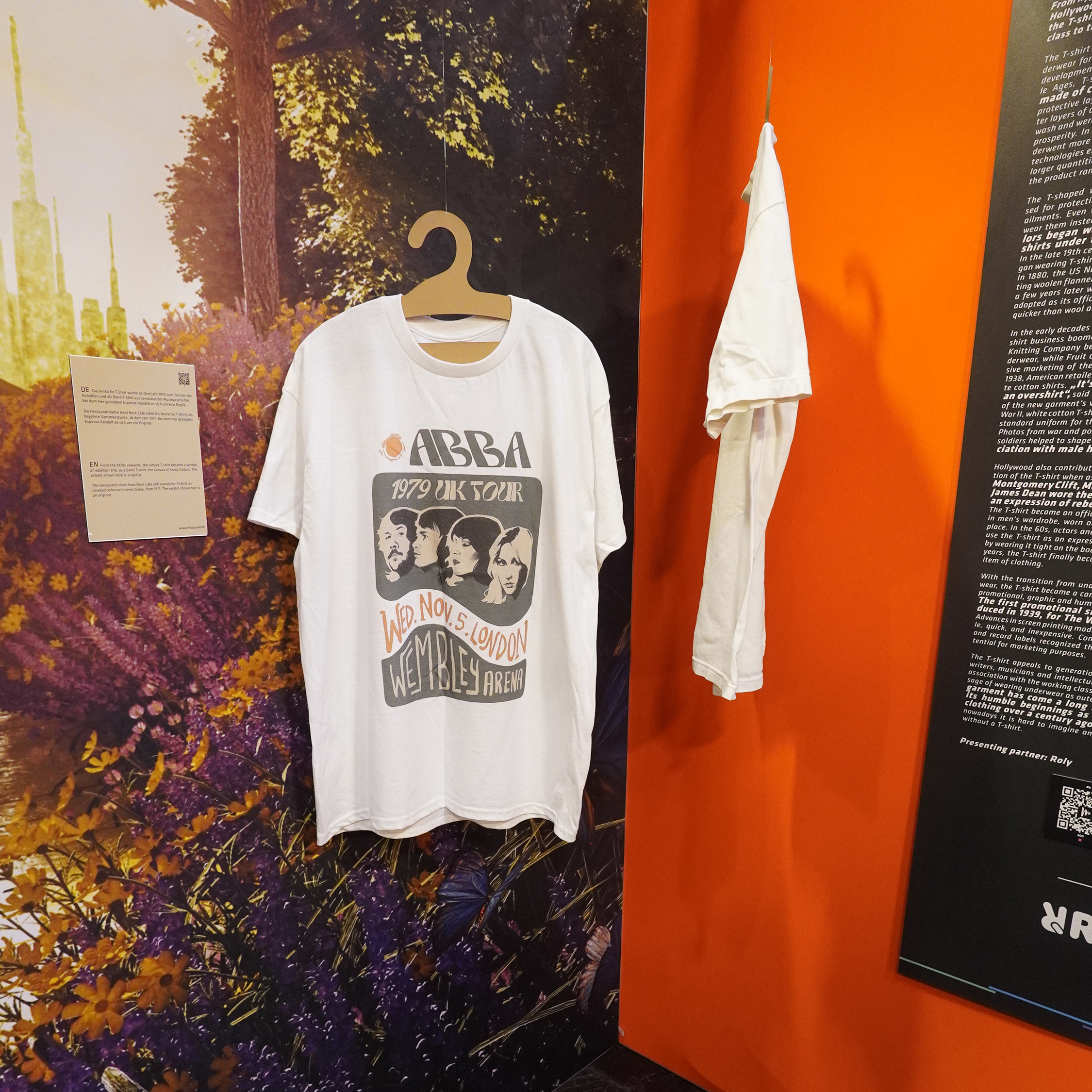The T-shirt, which was originally designed as men’s undergarment in the Middle Ages, has undergone a remarkable evolution over the centuries. From hygienic protection to cult icon, from Hollywood to high fashion – the history of the T-shirt is a journey from the working class to the world stage of fashion.
The T-shirt that was originally designed as underwear for men, has undergone a fascinating development over the centuries. In the Middle Ages, T-shirts were T-shaped shirts made of cotton or linen that served as a protective layer between the body and the outer layers of clothing. These shirts were easy to wash and were considered a sign of the wearer’s prosperity. In the 19th century, the T-shirt underwent more significant changes. New textile technologies enabled commercial production in larger quantities, and new materials expanded the product range.
The T-shaped woolen undershirts were praised for protecting against colds and physical ailments. Even women were recommended to wear them instead of corsets. In Britain, sailors began wearing white flannel T-shirts under their woolen uniforms. In the late 19th century, working-class men began wearing T-shirts as outerwear on weekends. In 1880, the US Navy incorporated a loose-fitting woolen flannel shirt into its uniform, which a few years later was made of cotton and adopted as its official underwear. Cotton dried quicker than wool and was more comfortable.
In the early decades of the 20th century, the T-shirt business boomed. In 1901 the P.H. Hanes Knitting Company began producing men’s underwear, while Fruit of the Loom began extensive marketing of their T-shirt in the 1910s. In 1938, American retailer Sears began selling white cotton shirts. “It’s an undershirt and an overshirt”, said the ad, assuring the men of the new garment’s versatility. During World War II, white cotton T-shirts became a part of the standard uniform for the U.S. Army and Navy. Photos from war and post-war times show how soldiers helped to shape the T-shirt’s association with male heroism.
Hollywood also contributed to the popularization of the T-shirt when aspiring actors such as Montgomery Clift, Marlon Brando and James Dean wore the white T-shirt as an expression of rebellion in their films. The T-shirt became an official item of clothing in men’s wardrobe, worn outside of the workplace. In the 60s, actors and singers started to use the T-shirt as an expression of sex appeal by wearing it tight on the body. In the following years, the T-shirt finally became a truly unisex item of clothing.
With the transition from underwear to outerwear, the T-shirt became a canvas for political, promotional, graphic and humorous messages. The first promotional shirt was produced in 1939, for The Wizard of Oz. Advances in screen printing made printing simple, quick, and inexpensive. Companies, bands and record labels recognized the T-shirt’s potential for marketing purposes.
The T-shirt appeals to generations of artists, writers, musicians and intellectuals due to its association with the working class and its message of wearing underwear as outerwear. This garment has come a long way since its humble beginnings as everyday clothing over a century ago. And truly, nowadays it is hard to imagine any wardrobe without a T-shirt.








